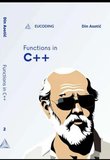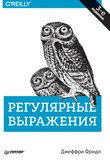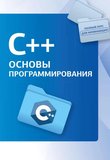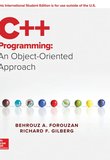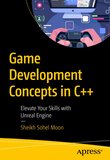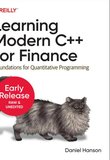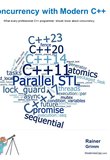-
.NET (.NET Core)
-
1C
-
APL
-
AWK
-
Agda
-
Agile/Scrum
-
Alef
-
Assembler
-
Basic
-
Beta Programming Language
-
Big Data/DataScience
-
C
-
C#
-
C++
-
CSS
-
Cobol
-
Crystal
-
D
-
Dart
-
DataBase (SQL)
-
Delphi
-
F#
-
Flutter
-
Fortran
-
GPT/AI/ИИ
-
GameDev
-
Git
-
Go (Golang)
-
HTML
-
Hacking and Security
-
Haskell
-
Java
-
JavaScript (JS)
-
Julia
-
Kotlin
-
Machine Learning (ML)
-
Natural language processing (NLP)
-
PHP
-
Pascal
-
Python
-
R
-
Ruby
-
Rust
-
Scratch
-
Swift
-
UML
-
UX/UI
-
Visual Basic
-
Wolfram
-
XML
-
АСУ
-
Проектирование/System Design
-
Сети/Network
-
Схемотехника/электронные схемы
-
.NET (.NET Core)
-
1C
-
APL
-
AWK
-
Agda
-
Agile/Scrum
-
Alef
-
Assembler
-
Basic
-
Beta Programming Language
-
Big Data/DataScience
-
C
-
C#
-
C++
-
CSS
-
Cobol
-
Crystal
-
D
-
Dart
-
DataBase (SQL)
-
Delphi
-
F#
-
Flutter
-
Fortran
-
GPT/AI/ИИ
-
GameDev
-
Git
-
Go (Golang)
-
HTML
-
Hacking and Security
-
Haskell
-
Java
-
JavaScript (JS)
-
Julia
-
Kotlin
-
Machine Learning (ML)
-
Natural language processing (NLP)
-
PHP
-
Pascal
-
Python
-
R
-
Ruby
-
Rust
-
Scratch
-
Swift
-
UML
-
UX/UI
-
Visual Basic
-
Wolfram
-
XML
-
АСУ
-
Проектирование/System Design
-
Сети/Network
-
Схемотехника/электронные схемы
Меню
Problem Solving with C++. 10 Ed

Автор: Savitch Walter
Дата выхода: 2018
Издательство: Pearson Education Limited
Количество страниц: 1117
Размер файла: 26,3 МБ
Тип файла: PDF
Добавил: codelibs
This book is meant to be used in a first course in programming and computer science using the C++ language. It assumes no previous programming experience and no mathematics beyond high school algebra.
If you have used the previous edition of this book, you should read the following section that explains the changes to this tenth edition and then you can skip the rest of this preface. If you are new to this book, the rest of this preface will give you an overview of the book.
Changes to the Tenth Edition
This tenth edition presents the same programming philosophy as the ninth edition. All of the material from the ninth edition remains, but with the following enhancements:
- Consistent use of camelCase notation rather than underscore_case throughout the text.
- Discussion in Chapter 10 of shallow vs. deep copy.
- Additional material in Chapter 12 and 17 on compiling templates with header files.
- Additional material in Chapter 18 on the std::array class, regular expressions, threads, and smart pointers in C++11.
- Correction of errata and edits for clarity such as indicating preferred methods for file I/O, naming of terminology, better definition of encapsulation, and removing material that is now standard in C++11 and higher.
- Ten new Programming Projects.
- Five new VideoNotes for a total of sixty nine VideoNotes. These VideoNotes walk students through the process of both problem solving and coding to help reinforce key programming concepts. An icon appears in the margin of the book when a VideoNote is available regarding the topic covered in the text.
If you are an instructor already using the ninth edition, you can continue to teach your course almost without change.
